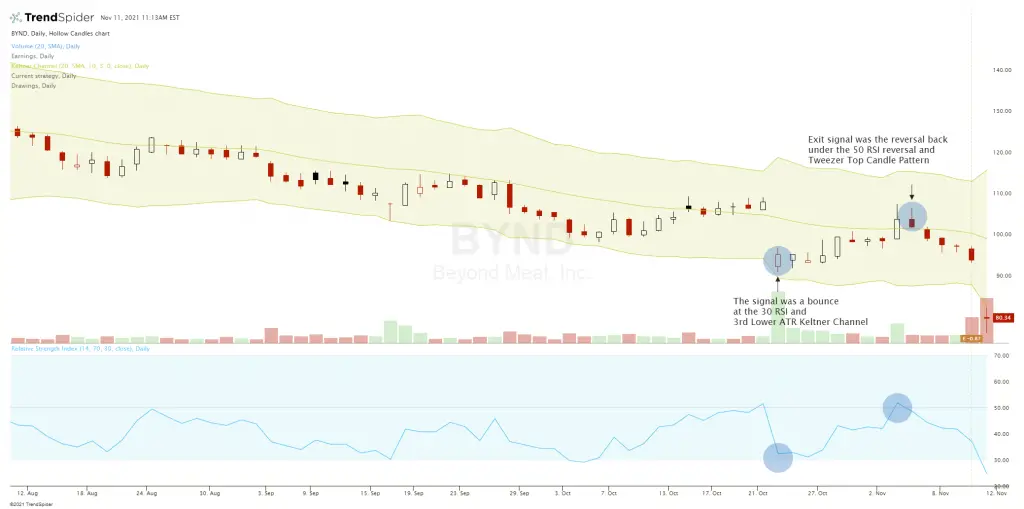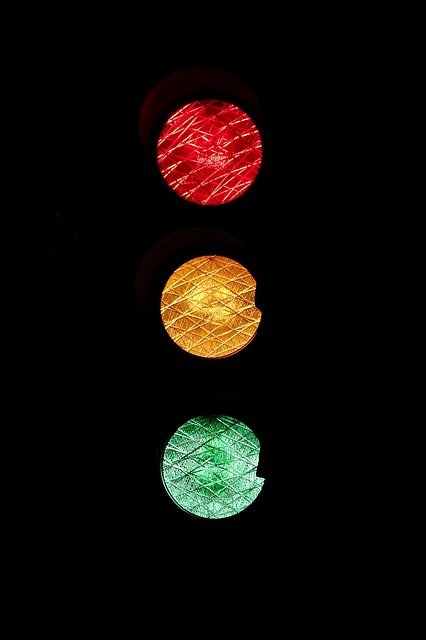Trading signals are quantified ways to know when to get into and when to get out of a trade. Trading signals can be technical indicators, chart patterns, candlestick patterns, or pure price action. Trading signals are used for both entries and exits in trading systems when it is believed they have an edge based on historical backtesting or create a good risk/reward ratio when the stop loss and profit target are contrasted in size of the loss if wrong versus the profit if right.
Trading signals are used in place of opinions and predictions inside a trading plan to give “if this, then that” directions for what to do based on price action scenarios. Trading signals are the core building blocks of quantified trading systems with and edge in addition to the watchlist and position sizing parameters.
Trading signals alone do not create an edge as they must be combined with discipline of execution, risk management, and a diversified watchlist of charts they are correlated with working on. Moving from random picks to signals is a crucial first step to price action trading success as you can go from trading like a gambler to trading like a business.
The best signals are created through backtesting and the study of historical price patterns on charts.
One example of an entry signal is to buy growth stocks on bounces near the 30-RSI and sell near the 50-RSI as an exit signal and profit target. The stop loss signal is a drop and close back under the 30-RSI. In this example the signals creates a good risk/reward ratio when the stop loss is compared to the profit target.

